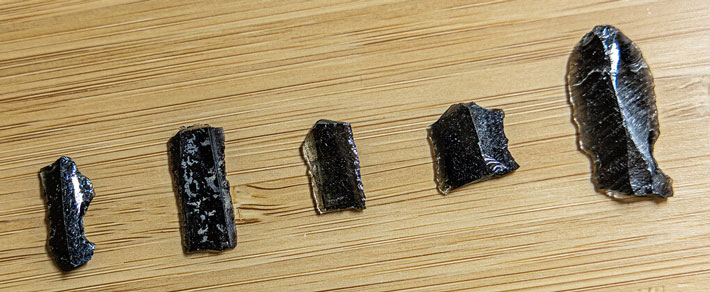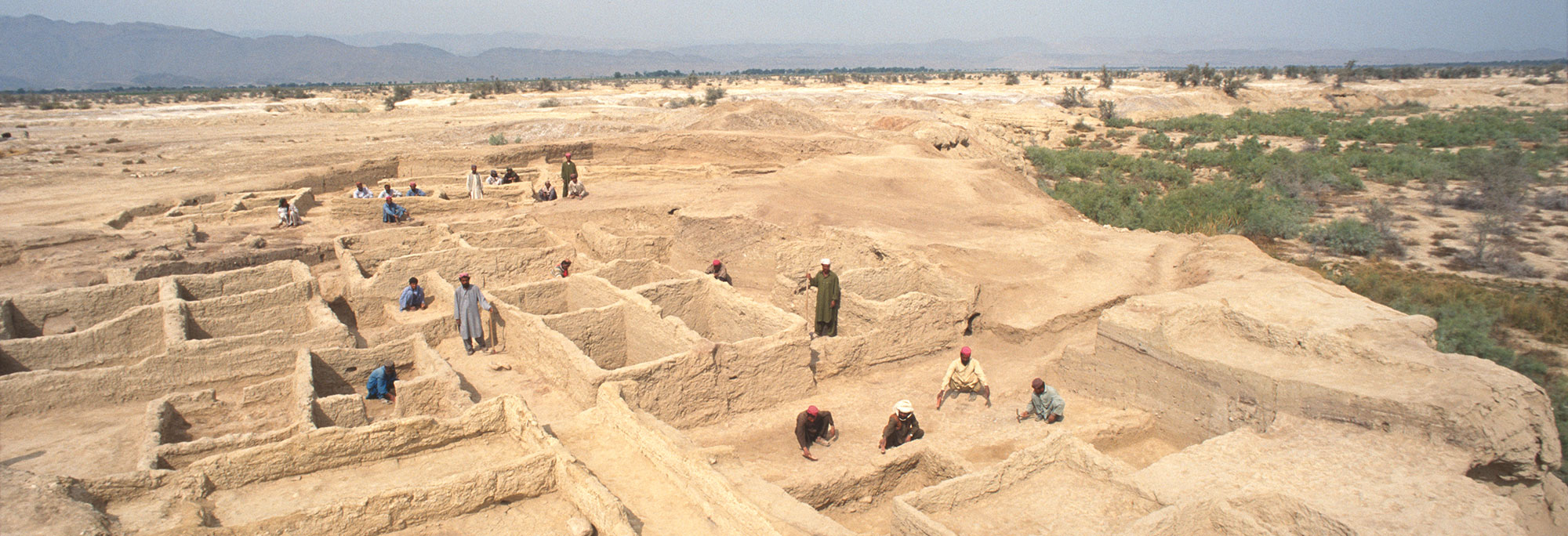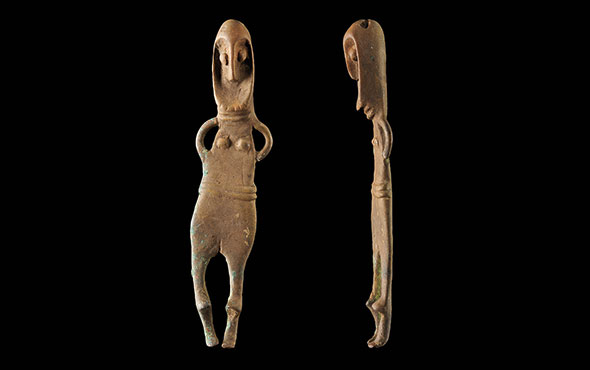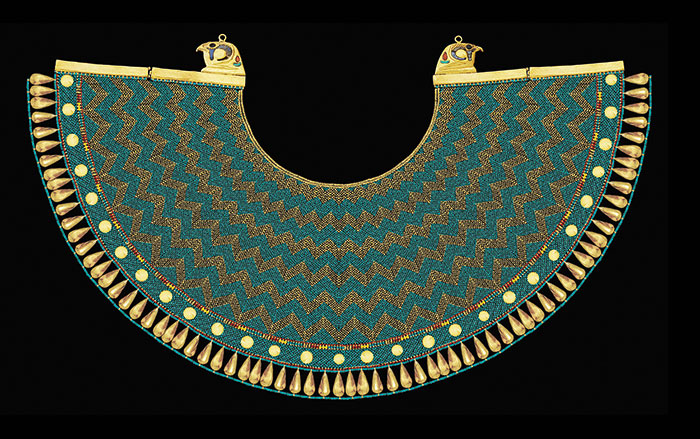
NEW HAVEN, CONNECTICUT—According to a statement released by Yale University, researchers led by Ellery Frahm and Christina M. Carolus analyzed the chemical composition of more than 2,000 obsidian artifacts unearthed more than 50 years ago at the sites of Ali Kosh and Chagha Sefic, which are located on Iran’s Deh Luran Plain. The artifacts, which are held at the Yale Peabody Museum, are about 12,000 years old. The new study, conducted with portable X-ray fluorescence instruments, indicates that the obsidian came from seven separate sources, including Nemrut Dağ, a now-dormant volcano located some 1,000 miles away from the settlements. A computer model created with the data from the obsidian artifacts suggests that there were more Neolithic communities situated between the source volcanoes than had been previously thought, and the members of those communities were well connected to each other. Read the original scholarly article about this research in Proceedings of the National Academy of Sciences of the United States of America. For more on determining the chemical composition of obsidian, go to "High-Definition Obsidian."











